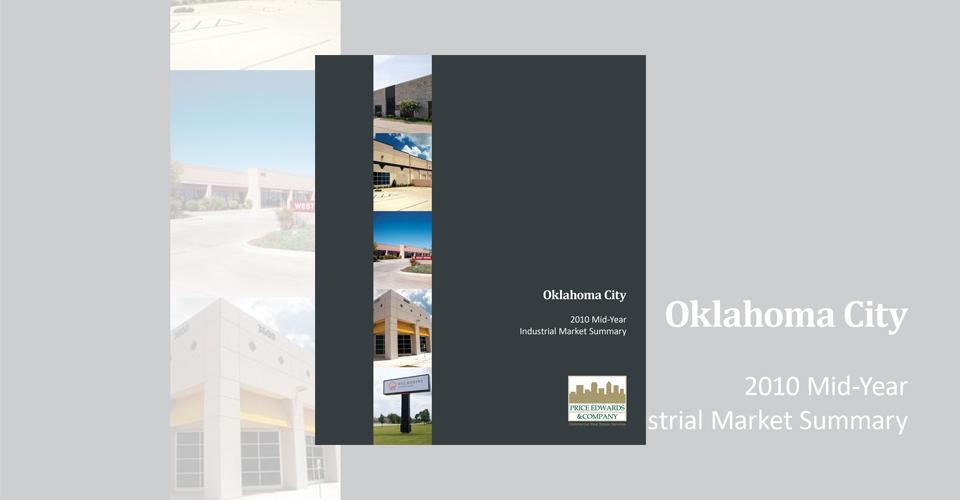
Twenty months into the worldwide financial crisis the impact is evident, though far from catastrophic, in the Oklahoma City multi-tenant industrial market.
Present locally are increased vacancies, downward pressure on rents, and aggressive incentives by Landlords to capture tenants. Absent are the rampant vacancy and significant foreclosures seen in other markets. Overall, Oklahoma City is weathering the storm.
In April 2010 Oklahoma City and Washington D.C. had the lowest unemployment rates for MSA’s over 1.0 million population, 6.1%. There is a general consensus of more leasing activity in the market, although the perceived recovery is proceeding very slowly and in no way resembles a “normal” market.
A legacy of the financial crisis is the effect seemingly unrelated international financial events now project on local economies.
There were some significant leases in the last 12 months including a 300,000 square foot lease at the former AT&T facility. Many major warehousing users are taking advantage of high vacancy rates and slow market activity to demand short lease terms to help control operating costs. Overall multi-tenant market vacancy has increased from 12.9% in 2009 to 19.8% in 2010.
The Flex space market actually decreased in vacancy from 2009, 10.2% vs. 10.5%, fueled to a great extent by the Southeast submarket. In this area Flex is filling the gap created by a small office building base generally located away from new development in the area.
The bulk warehouse market has been especially hard hit by the trend of short term leases and by consolidations into regional distribution centers. Bulk warehouse vacancy increased from 17% in 2009 to 23.3%. This increase is due partly to vacated space and partly due to new space availability at the re-furbished Will Rogers Business Park, the former Dayton Tire plant. The prevalence of short term leases further complicates vacancy interpretation as relatively large spaces are vacated or absorbed on a short time frame.
Service Warehouse, traditionally the most volatile of the industrial product types, increased from 16.7% in 2009 to 21.5%. Rent sensitive tenants continue to drive this market sector, and the older warehouse properties have been impacted by the bargain rates available in more modern bulk warehouse facilities.
There were no sales of industrial multi-tenant properties tracked by s report in the last 12 months.
Click here to download the Price Edwards & Company 2010 Mid-Year OKC Industrial Marke Summary.




